Home>Interior Design>Small Hallway Ideas: 10 Tips To Make An Entryway Look Bigger
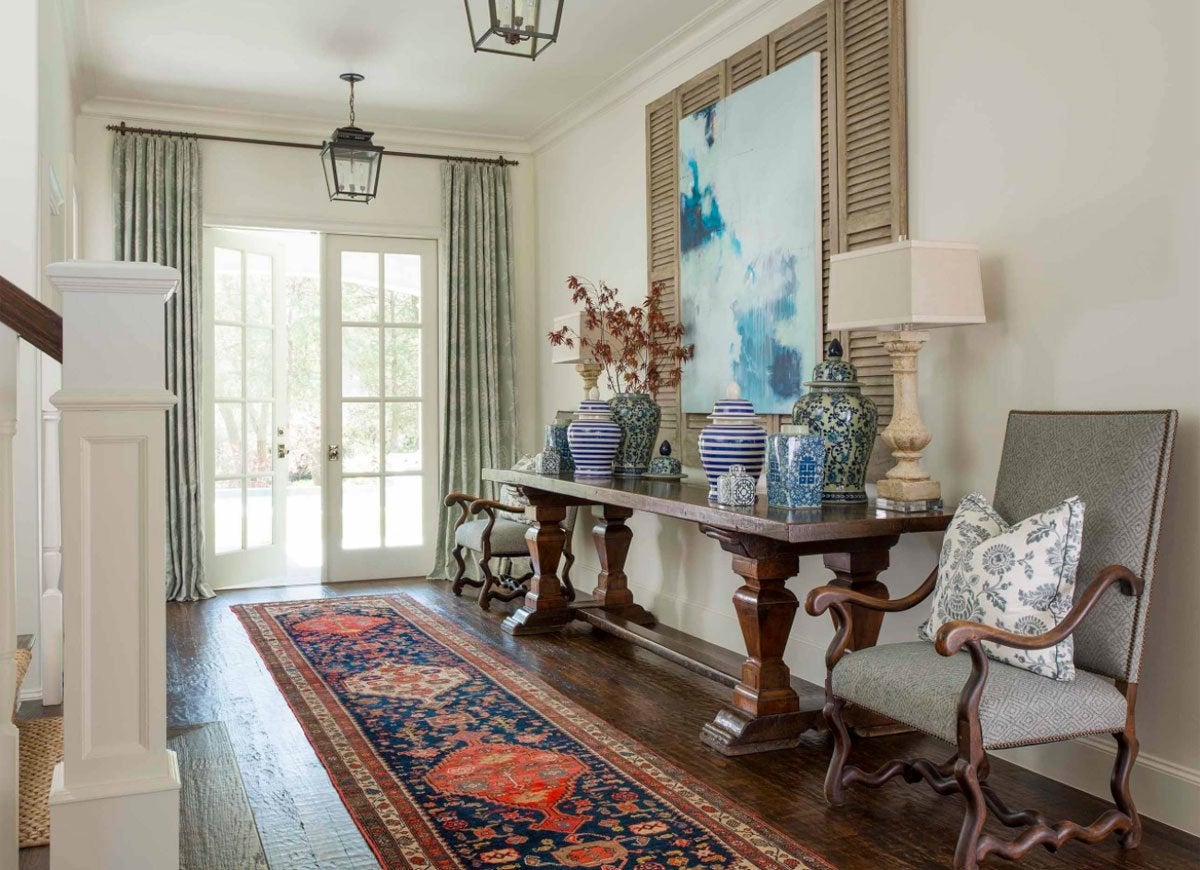

Interior Design
Small Hallway Ideas: 10 Tips To Make An Entryway Look Bigger
Modified: October 20, 2024
Discover 10 expert tips for maximizing small hallways and creating the illusion of a larger entryway with interior design.
(Many of the links in this article redirect to a specific reviewed product. Your purchase of these products through affiliate links helps to generate commission for Storables.com, at no extra cost. Learn more)
Introduction
Welcome to the world of interior design, where every space holds the potential for transformation. In this article, we will explore the art of making small hallways and entryways appear larger and more inviting. These often overlooked spaces can leave a lasting impression on guests, so it’s important to maximize their visual impact.
Whether you have a narrow hallway or a compact entryway, there are several design tricks that can create the illusion of space. By implementing these tips, you can transform your small hallway into a stylish and welcoming area that sets the tone for your entire home.
Now, let’s dive in and discover ten effective strategies to make your small hallway or entryway look bigger:
Key Takeaways:
- Make your small hallway or entryway look bigger with light colors, mirrors, and slim furniture. Utilize vertical space, adequate lighting, and strategic decor placement to create a spacious and inviting atmosphere.
- Incorporate optical illusions, create a focal point, and use smart storage solutions to reduce clutter. Hang curtains strategically and experiment with different design techniques to visually expand your small hallway or entryway.
Use light and neutral colors
The power of color cannot be underestimated when it comes to creating the illusion of space. One of the simplest and most effective ways to make a small hallway or entryway look bigger is by using light and neutral colors.
Light colors, such as white, cream, and pastel shades, have the ability to reflect light and make a space feel more open and airy. They also have a visually calming effect, which can help create a sense of tranquility in these often busy areas.
Neutrals, such as greys, beiges, and taupes, are also excellent choices for small hallways and entryways. They create a cohesive and streamlined look, reducing visual distractions and giving the impression of a larger space.
When choosing paint or wallpaper, consider using a single color throughout the hallway or entryway to create a seamless flow. This will visually elongate the space and avoid any abrupt color transitions that may make the area feel smaller.
In addition to the walls, consider incorporating light and neutral colors in the flooring, furniture, and accessories. Light-colored flooring, such as hardwood or light-colored tiles, can help bounce light around the space and visually expand it. Neutral-colored furniture and accessories will complement the overall color scheme and contribute to the feeling of openness.
By using light and neutral colors, you can transform your small hallway or entryway into a brighter, more spacious-looking area that welcomes residents and guests with a sense of serenity and sophistication.
Incorporate mirrors
When it comes to creating the illusion of space, mirrors are your best friend. They have the incredible ability to reflect light and make small areas appear larger and more open. Incorporating mirrors into your small hallway or entryway can significantly enhance the visual perception of the space.
There are various ways you can incorporate mirrors into your hallway or entryway design. One popular option is to hang a large mirror on one of the walls. This not only adds a decorative element but also creates the illusion of depth. The mirror will reflect light and other elements in the room, making the space appear more expansive.
If you have a narrow hallway, consider installing mirrors on both walls. This will create a sense of width and openness, as the mirrors will reflect each other and give the impression of a broader space.
In addition to wall-mounted mirrors, you can also opt for mirrored furniture or accessories. A mirrored console table or a mirrored coat rack can not only serve their functional purposes but also visually expand the area by reflecting light and other elements.
Remember to strategically place mirrors where they can capture natural light or reflect a beautiful view. This will enhance the overall aesthetic and make the hallway or entryway feel even larger and more inviting.
Lastly, don’t be afraid to get creative with the shape and frame of the mirrors. Round mirrors, for example, can add a unique and stylish touch to the space while still serving their purpose of expanding the area.
By incorporating mirrors into your small hallway or entryway design, you can create a bright and spacious atmosphere that welcomes guests and leaves a lasting impression.
Opt for slim and minimalistic furniture
When it comes to furniture in small hallways and entryways, less is more. Choosing slim and minimalistic furniture pieces will help maximize the available space while maintaining a clean and streamlined aesthetic.
Start by assessing the space and identifying the essential furniture items for your hallway or entryway. This may include a console table, a bench or seating area, and perhaps a coat rack or wall-mounted hooks for jackets and bags.
Look for furniture pieces that have a slim profile and don’t take up too much floor space. Avoid bulky or oversized furniture items, as they can make the area feel cramped and congested.
Consider opting for furniture with built-in storage solutions. This will help you keep the space organized and clutter-free. Look for console tables with drawers or shelves, benches with hidden storage compartments, or coat racks with additional hooks for accessories.
In terms of style, choose furniture with clean lines and a minimalistic design. Avoid intricate patterns or heavy ornamentation that can make the furniture visually overwhelming in a small space.
Another tip is to choose furniture pieces with transparent or open designs. For example, a console table with a glass top or a bench with an open metal frame will create a light and airy feel, allowing for more visual space.
Remember to scale the furniture to the size of your hallway or entryway. Oversized furniture can make the space feel cramped, while furniture that is too small may look out of proportion.
By opting for slim and minimalistic furniture, you can create a stylish and functional hallway or entryway that maximizes space and gives off an open and inviting ambiance.
Utilize vertical space
When working with a small hallway or entryway, it’s important to think vertically. Utilizing the vertical space can help maximize storage and visually expand the area.
One way to utilize vertical space is by installing wall-mounted shelving or floating shelves. These shelves can serve as a storage solution for displaying decorative items, holding books or magazines, and keeping everyday essentials organized. By taking advantage of the wall space, you free up valuable floor space and create a visually appealing display.
Another vertical storage option is to install hooks or pegboards on the walls. This allows you to hang coats, hats, bags, and other items, keeping them easily accessible while freeing up space in the hallway or entryway.
If your hallway has a high ceiling, consider installing tall and slim cabinets or armoires. You can use these to store additional items such as shoes, umbrellas, or seasonal accessories. The vertical height of the cabinets draws the eye upward, creating a sense of spaciousness.
Don’t forget to maximize the vertical space in your hallway or entryway by utilizing the back of doors. You can install hooks or over-the-door organizers to hang items like jackets, scarves, and bags.
By using vertical storage solutions, you can make the most of the limited space in your hallway or entryway and create a clutter-free environment that gives the illusion of a larger area.
Read more: How To Make A Small Dining Room Look Bigger
Install adequate lighting
Proper lighting is essential in making a small hallway or entryway feel brighter, more spacious, and welcoming. Adequate lighting helps to eliminate shadows and create an open and inviting atmosphere.
First, assess the natural lighting in the space. If your hallway or entryway has windows, make sure to utilize and enhance the natural light as much as possible. Keep the windows clean and unobstructed by heavy curtains or blinds. Using sheer or light-colored curtains can allow natural light to filter through while still providing privacy.
For areas with limited natural light or during darker hours of the day, artificial lighting becomes crucial. To make the space appear larger, opt for a combination of ambient, task, and accent lighting.
Ambient lighting provides overall illumination and sets the mood in the hallway or entryway. Consider installing ceiling fixtures, such as flush-mount or semi-flush-mount lights, to distribute light evenly throughout the space. This type of lighting helps to eliminate shadows and create a sense of brightness and openness.
Task lighting focuses on specific areas or tasks, such as lighting up a mirror for checking appearance or illuminating a keyholder. Wall sconces or directional spotlights can be used as task lighting to highlight particular features or objects in the hallway or entryway.
Accent lighting adds a touch of drama and visual interest. It can be achieved through the use of LED strip lights installed along the baseboards or under shelves, or by strategically placing table lamps or floor lamps to create focal points and draw attention to specific areas.
Consider using lighting fixtures with reflective surfaces or translucent shades to maximize the spread of light and create a sense of openness. Mirrored or glass fixtures can help bounce light around the space and visually expand it.
Remember to aim for a layered lighting effect with different sources and intensities. This will help create depth and dimension, making the hallway or entryway feel more dynamic and visually appealing.
By installing adequate lighting, both natural and artificial, you can transform your small hallway or entryway into a well-lit and inviting space that feels larger and more open.
Utilize mirrors to create the illusion of space and light in a small hallway. Position a large mirror opposite a window or light source to reflect natural light and visually expand the area.
Create a focal point
Creating a focal point is a strategic way to draw attention and divert the focus away from the size limitations of a small hallway or entryway. By creating a visually captivating centerpiece, you can instantly elevate the overall design and make the space feel more spacious and interesting.
There are several ways to create a focal point in your small hallway or entryway. One option is to use a piece of artwork or a large statement mirror as the centerpiece. Hang it on a prominent wall or position it at the end of the hallway to immediately grab attention and add a sense of depth.
Another option is to incorporate a decorative accent, such as a unique pendant light or a striking piece of furniture. This draws the eye towards the focal point and away from the limited size of the space.
If you have a staircase in your hallway, consider highlighting it as a focal point. Paint the staircase risers in a bold color or use patterned wallpaper to create visual interest. You can also add a decorative runner or install statement lighting to enhance the impact.
When creating a focal point, it’s important to remember not to overcrowd the area. Keep the surrounding walls and decor simple to ensure that the main centerpiece stands out and becomes the main focus of attention.
The focal point serves as a distraction, shifting the observer’s focus away from the size limitations of the hallway or entryway. By creating a visually arresting centerpiece, you can transform the space into an intriguing and visually dynamic area.
Apply strategic placement for decor
When it comes to decorating a small hallway or entryway, strategic placement is key. By carefully positioning decor items, you can create a sense of balance, flow, and visual interest within the limited space.
Start by considering the proportions of your hallway or entryway. Take note of any architectural features, such as alcoves, niches, or nooks, that can be utilized for decor placement. These areas often provide opportunities to add decorative elements without taking up valuable floor space.
One effective strategy is to use vertical decor arrangements. Instead of placing several small decor items scattered throughout the space, consider grouping them together vertically. This could be a gallery wall of artwork or a collection of framed photographs hung in a vertical line. By grouping items vertically, you draw the eye upward, creating the illusion of height and adding visual interest without cluttering the space.
Another technique is to use wall-mounted shelves or ledges for displaying decor items. This not only helps free up floor space but also adds dimension and a sense of depth to the hallway or entryway. Place small decorative objects or plants on the shelves, ensuring that they are not overcrowded. This way, you can create visual points of interest without overwhelming the space.
In terms of decor placement, consider using symmetry to create a balanced and harmonious look. Placing matching decor items on both sides of the hallway or entryway, such as identical wall sconces or a pair of potted plants, can create a sense of order and symmetry. This helps to visually widen the space and create a pleasant and cohesive atmosphere.
When selecting decor items, choose pieces that are appropriately scaled to the size of your hallway or entryway. Oversized decor items can make the space feel cramped, while small and delicate pieces may get lost in the surroundings. Strive for a careful balance between simplicity and visual impact.
Remember to periodically reassess your decor placement and edit out any unnecessary items that may be cluttering the space. A well-curated selection of decor pieces will create a cohesive and visually pleasing environment, making your small hallway or entryway feel larger and more inviting.
Use storage solutions to reduce clutter
In a small hallway or entryway, clutter can quickly make the space feel cramped and chaotic. That’s why incorporating smart storage solutions is crucial to keeping the area tidy and organized, creating a sense of spaciousness.
Start by assessing your storage needs and identifying the specific items that tend to clutter up your hallway or entryway. Common culprits include shoes, coats, bags, keys, and mail. Once you have a clear idea of what needs to be stored, you can choose the most suitable storage solutions.
Utilize multipurpose furniture that also offers storage capabilities. Opt for a bench or an ottoman with hidden compartments where you can store shoes or other items. This not only provides a functional seating area but also helps keep the space clutter-free.
Consider installing wall-mounted hooks or a coat rack to hang coats, hats, bags, and umbrellas. This provides a designated place for these items, reducing the chance of them being left scattered around the hallway or entryway.
Invest in a stylish storage bench or console table with drawers or shelves. These can be used to store smaller items like keys, mail, and other essentials. Having a dedicated spot for these belongings not only keeps them organized but also prevents them from cluttering up the surfaces.
If space allows, consider adding a vertical storage solution, such as a tall and slim cabinet or an armoire. This provides ample space for storing coats, shoes, and other items that need to be kept out of sight.
Maximize the storage potential of your hallway or entryway by using storage bins or baskets. These can be placed on shelves or inside cabinets to keep items neatly organized. Opt for bins or baskets that match the overall design aesthetic and maintain a sense of cohesiveness.
Remember to regularly declutter and purge unnecessary items to prevent the storage solutions from becoming overwhelmed. Keeping the space organized and clutter-free will enhance the sense of openness and make your small hallway or entryway feel more spacious and inviting.
Read more: What Colors Make A Small Room Look Bigger?
Hang curtains or drapes strategically
Curtains or drapes can be a versatile and stylish addition to your small hallway or entryway. When hung strategically, they can create the illusion of height and add a touch of elegance to the space.
One way to utilize curtains or drapes is by installing floor-to-ceiling panels. By hanging the curtains from ceiling height and letting them graze the floor, you draw the eye upward and create the perception of a taller space. This vertical emphasis can make the hallway or entryway feel more grand and open.
Choose lightweight and sheer fabrics for the curtains or opt for light colors to allow natural light to filter through. This way, the curtains not only add visual interest but also create a soft and airy atmosphere.
If privacy is a concern, you can opt for curtains or drapes that have a translucent quality. This allows light to still penetrate the space while providing a degree of privacy during the daytime. Consider using sheer panels or lightweight fabrics that diffuse light without blocking it completely.
Another technique is to use curtains or drapes to frame windows or architectural features in your hallway or entryway. By positioning the curtains alongside or slightly above these elements, you create a frame that draws attention and adds a touch of drama to the space.
Keep in mind that the size and scale of the curtains should be proportional to the size of your hallway or entryway. Avoid heavy or excessively long curtains that can overpower the space and make it feel smaller. Instead, opt for sleek and tailored designs that complement the overall aesthetic.
Lastly, consider using curtain rods or tracks that are designed to maximize the available wall space. Choose rod or track lengths that extend beyond the width of the window to create the illusion of a larger window and allow the curtains to be fully drawn back.
By hanging curtains or drapes strategically, you can add a touch of elegance and create the illusion of height in your small hallway or entryway. The result is a visually stunning and cohesive space that feels more open and inviting.
Incorporate optical illusions
Using optical illusions is a clever way to make a small hallway or entryway appear larger and more spacious. By manipulating visual perception, you can create the illusion of depth and trick the eye into perceiving a larger area than it actually is.
One effective optical illusion technique is the use of patterns or stripes. Incorporating vertical stripes on walls or flooring can create the perception of height, making the space feel taller. You can achieve this through wallpaper, paint, or even the placement of striped rugs or runners.
Another technique is the use of mirrors in strategic locations. Mirrors not only reflect light, but they also give the illusion of space extending beyond the actual dimensions of the hallway or entryway. Consider placing mirrors at the end of the hallway or in areas where they can capture and reflect natural light or enhance the view. This will create a sense of depth and openness.
Lighting can also play a role in creating optical illusions. By using recessed or indirect lighting, you can create a sense of softness and depth in the space. Installing lights along the floor or ceiling can create the illusion of a wider and more expansive hallway. Experiment with different lighting techniques to achieve the desired effect.
Choosing furniture and decor with reflective surfaces can also contribute to the optical illusion of space. Incorporate elements such as glass or mirrored furniture, glossy finishes, or metallic accents. These reflective surfaces will help bounce light around the room and create a sense of openness.
Additionally, consider incorporating elements of depth perception, such as layered artwork or decorative screens. These visual focal points can create a sense of distance and intrigue, making the hallway or entryway feel more expansive.
Lastly, keep the overall design simple and uncluttered. A clutter-free space creates the impression of openness and airiness. Avoid overcrowding the area with too many furniture pieces or excessive decor items. Opt for a minimalistic approach to allow the optical illusions to take center stage.
By incorporating optical illusions into your small hallway or entryway design, you can visually expand the space and create a more inviting and spacious atmosphere. Experiment with different techniques and find the ones that work best for your specific space and aesthetic preferences.
Conclusion
Transforming a small hallway or entryway into a visually appealing and spacious area is not only possible but also achievable with the right design strategies. By implementing the ten tips discussed in this article, you can make a significant difference in how your hallway or entryway looks and feels.
Using light and neutral colors, incorporating mirrors, opting for slim and minimalistic furniture, and utilizing vertical space are all effective ways to create the illusion of a larger area. Installing adequate lighting, creating a focal point, strategically placing decor, and incorporating smart storage solutions help in reducing clutter and maximizing the available space.
Additionally, hanging curtains or drapes strategically and incorporating optical illusions can add depth and visual interest to the space, making it feel more open and inviting.
Remember, the key is to strike a balance between functionality and aesthetics. Consider the unique features of your hallway or entryway and choose design options that complement and enhance the space. Experiment with different techniques and keep an open mind to find what works best for your specific needs and personal style.
With a little creativity, attention to detail, and a focus on optimizing the available space, your small hallway or entryway can become a beautiful and welcoming area that sets the tone for the rest of your home.
So, don’t let the size of your hallway or entryway limit your design possibilities. Embrace these ten tips and let your creativity shine as you transform the space into a stylish and inviting introduction to your home.
Ready to spruce up your space even further? Don't miss our upcoming features on stunning home decor elements. If you're drawn to reflective aesthetics, our article on decorative mirrors will showcase unique pieces perfect for any room. For those who appreciate visual arts, our coverage on wall art provides exciting options bound to transform bland walls into captivating displays. These insights are tailored to help you refine your living spaces with style and sophistication.
Frequently Asked Questions about Small Hallway Ideas: 10 Tips To Make An Entryway Look Bigger
Was this page helpful?
At Storables.com, we guarantee accurate and reliable information. Our content, validated by Expert Board Contributors, is crafted following stringent Editorial Policies. We're committed to providing you with well-researched, expert-backed insights for all your informational needs.
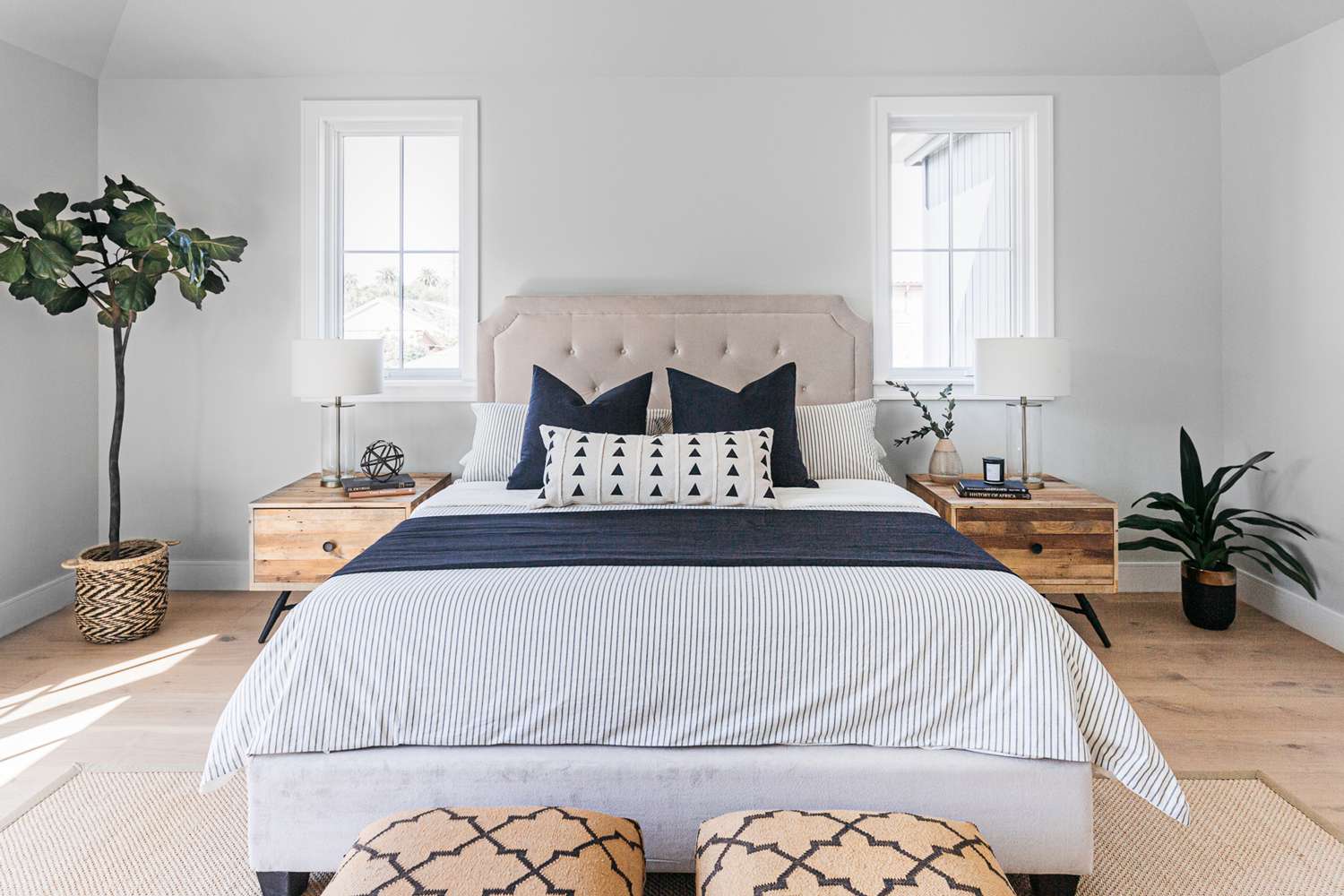
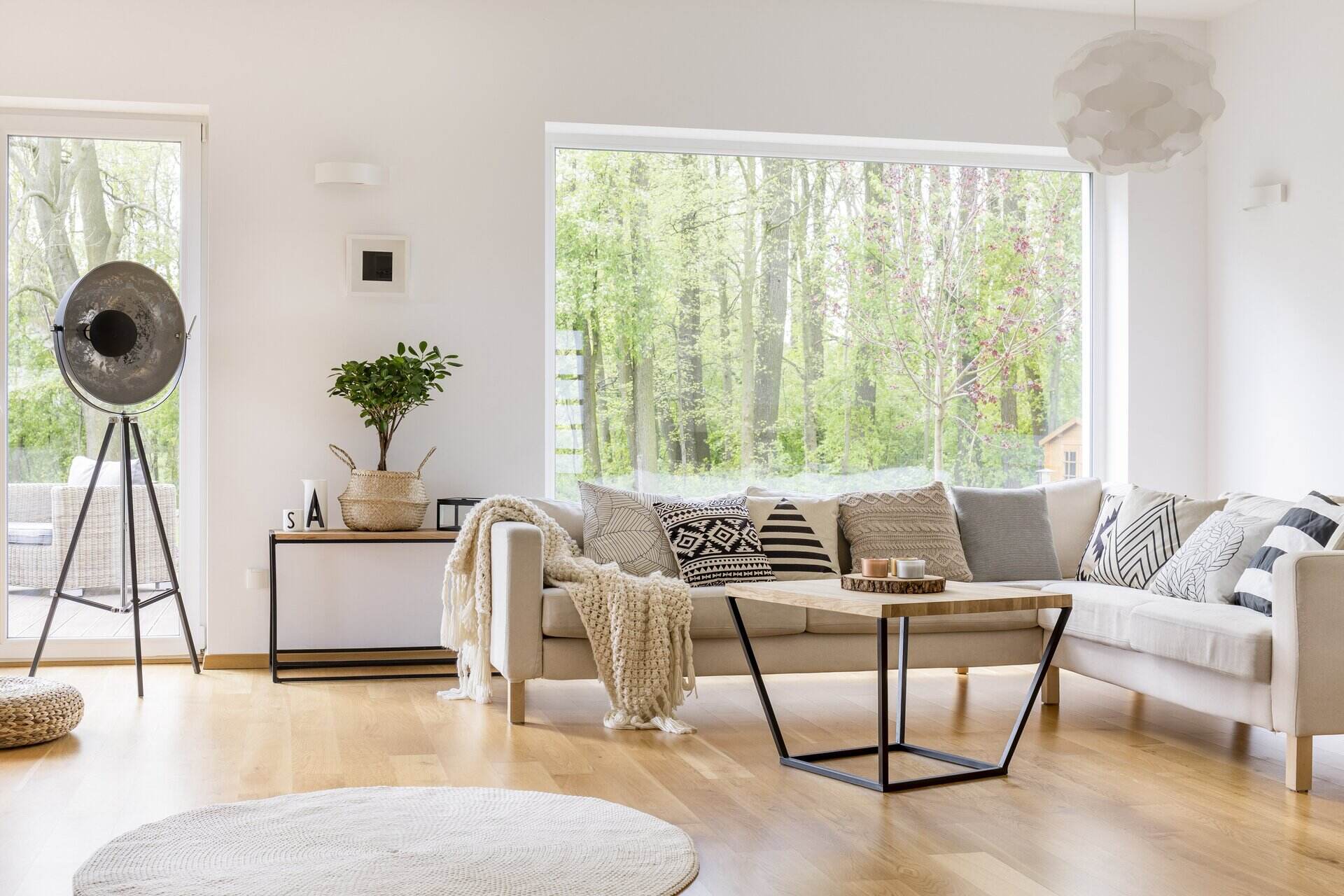


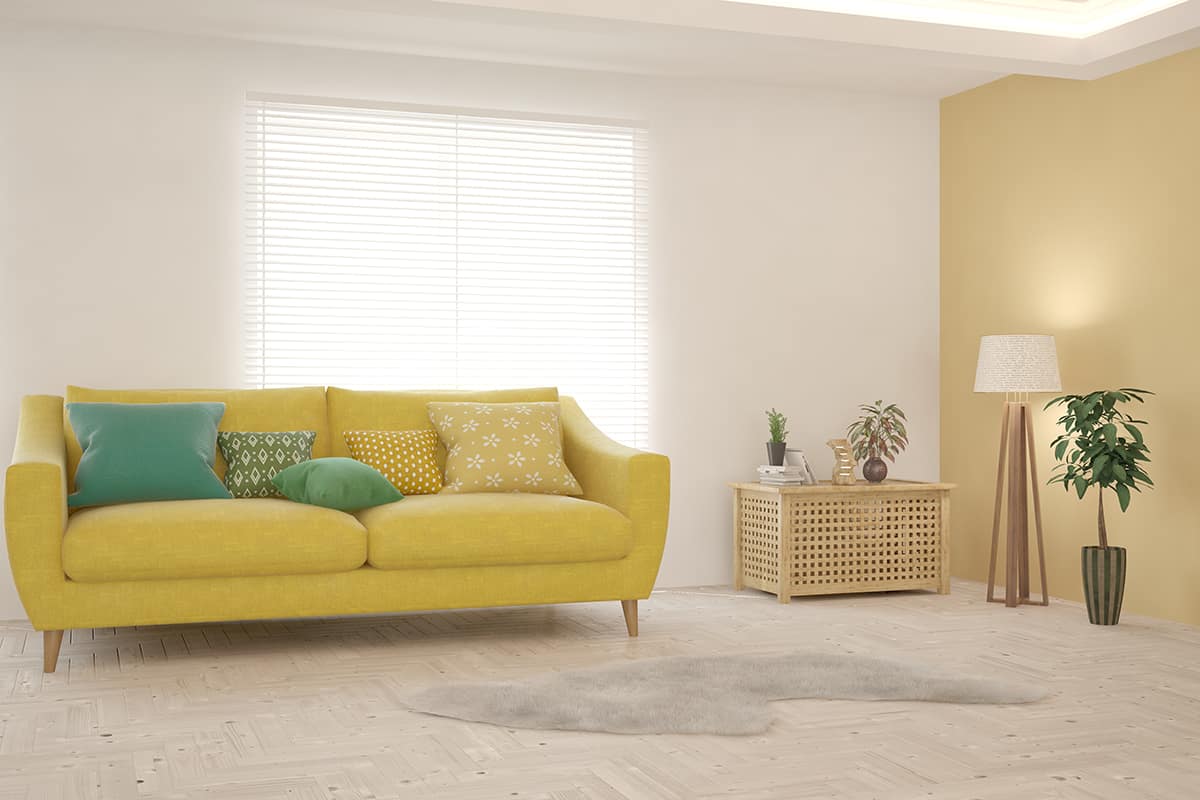
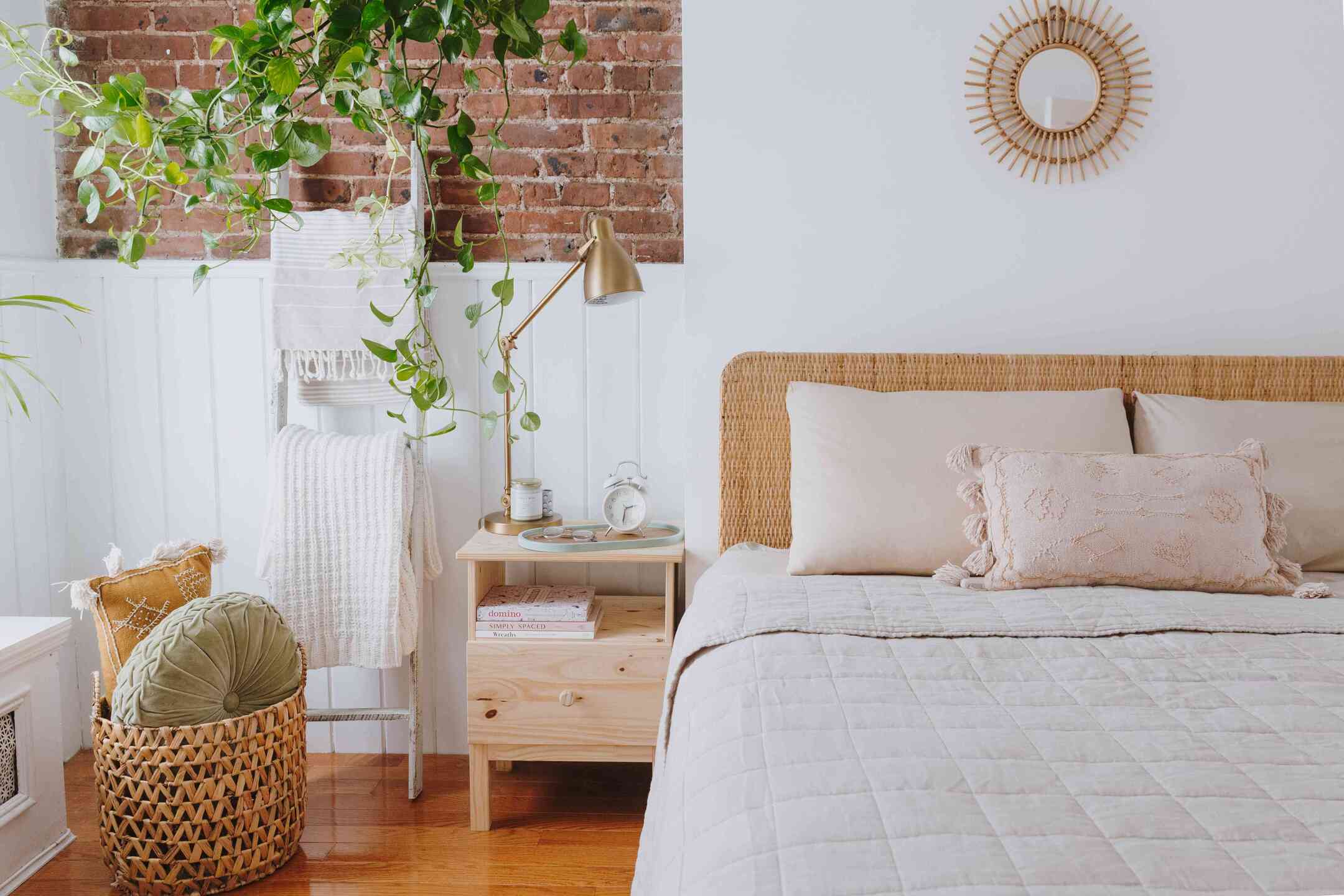
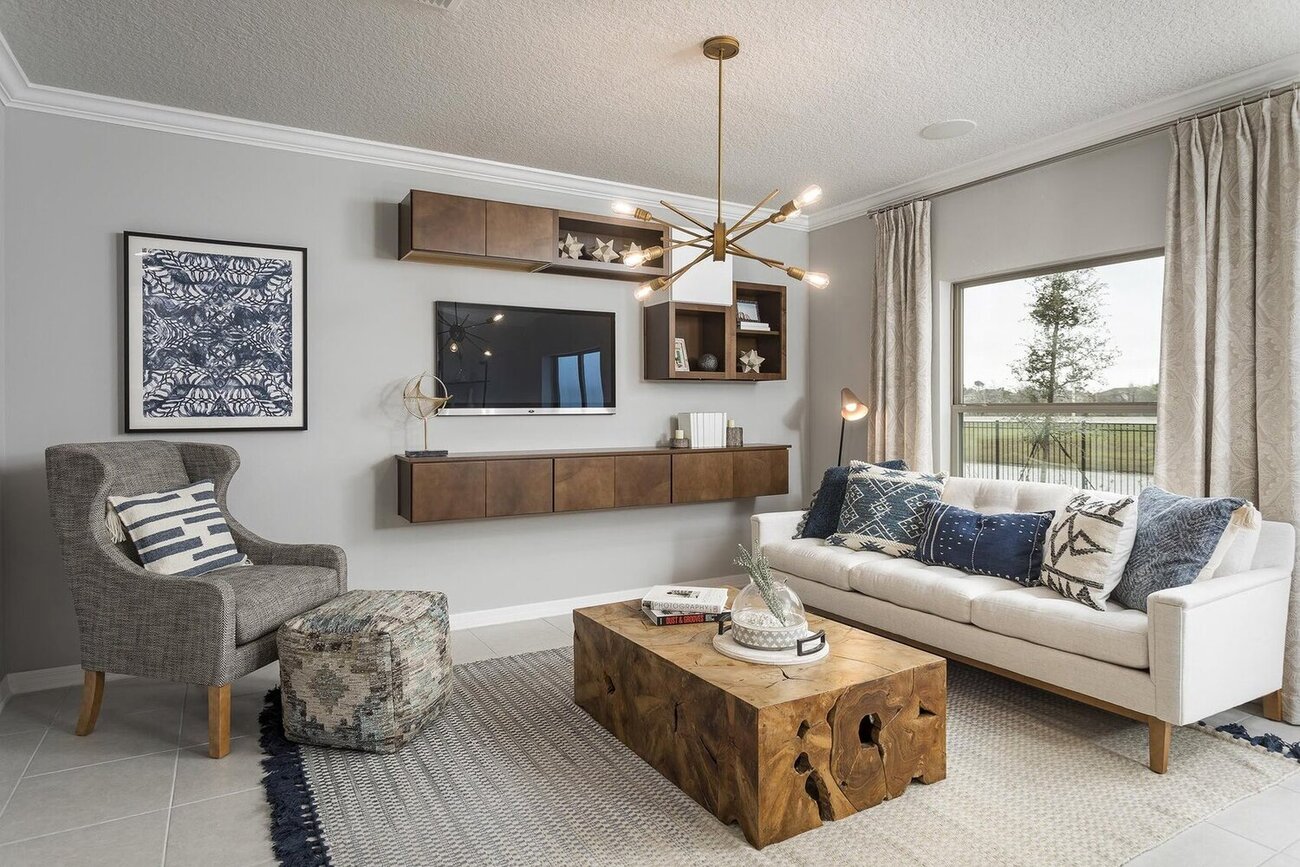
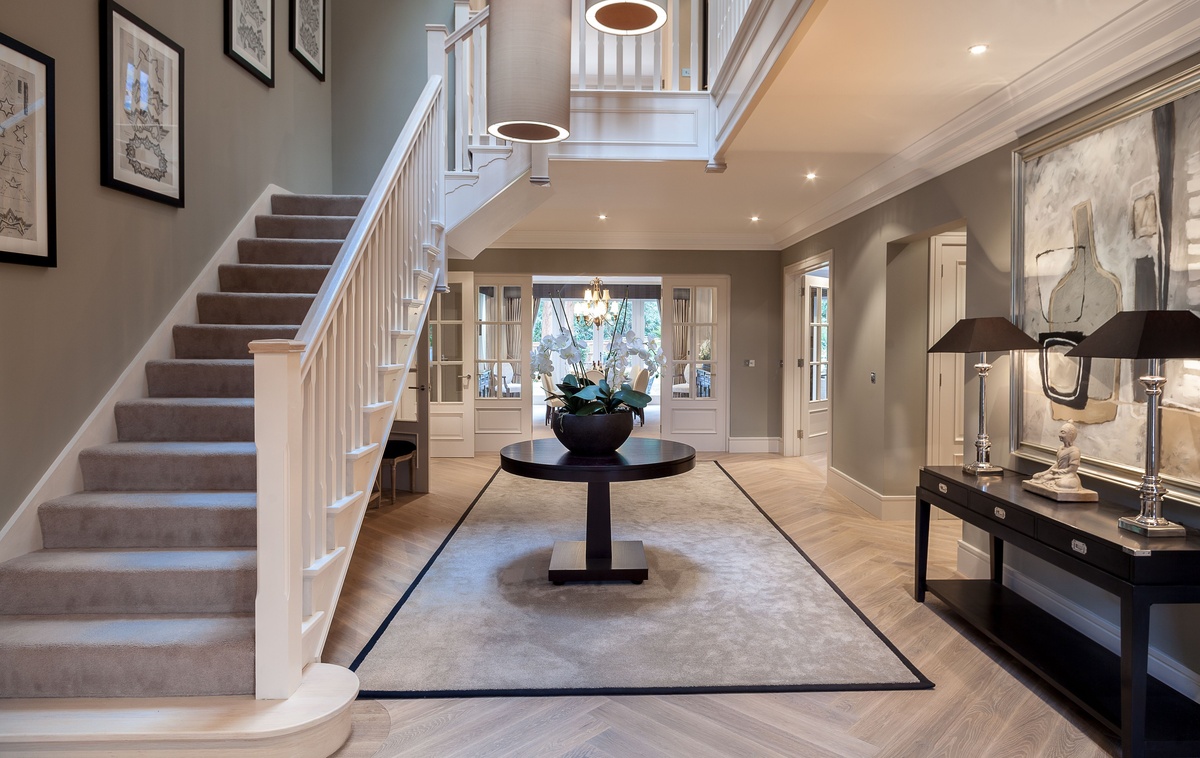

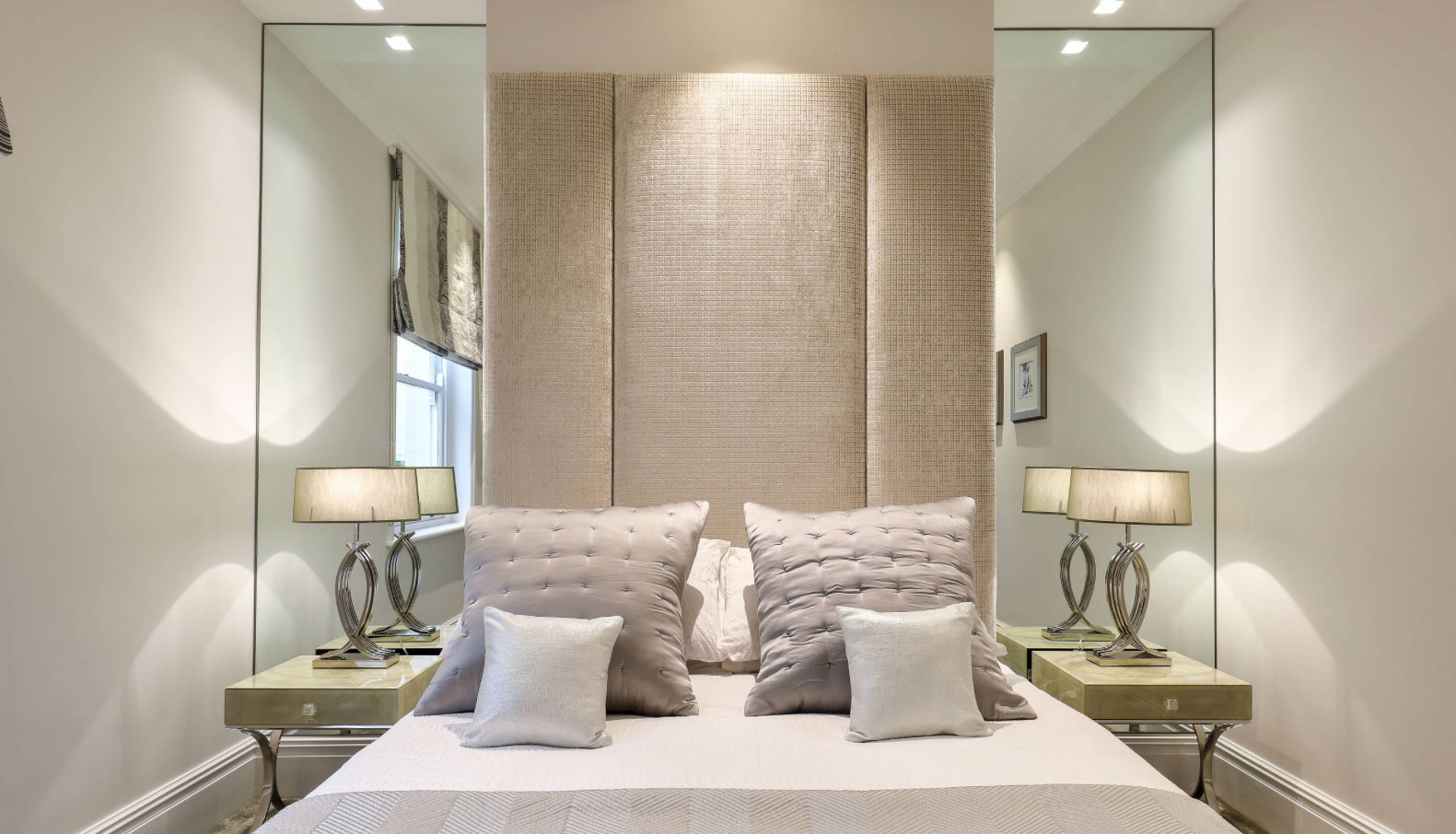
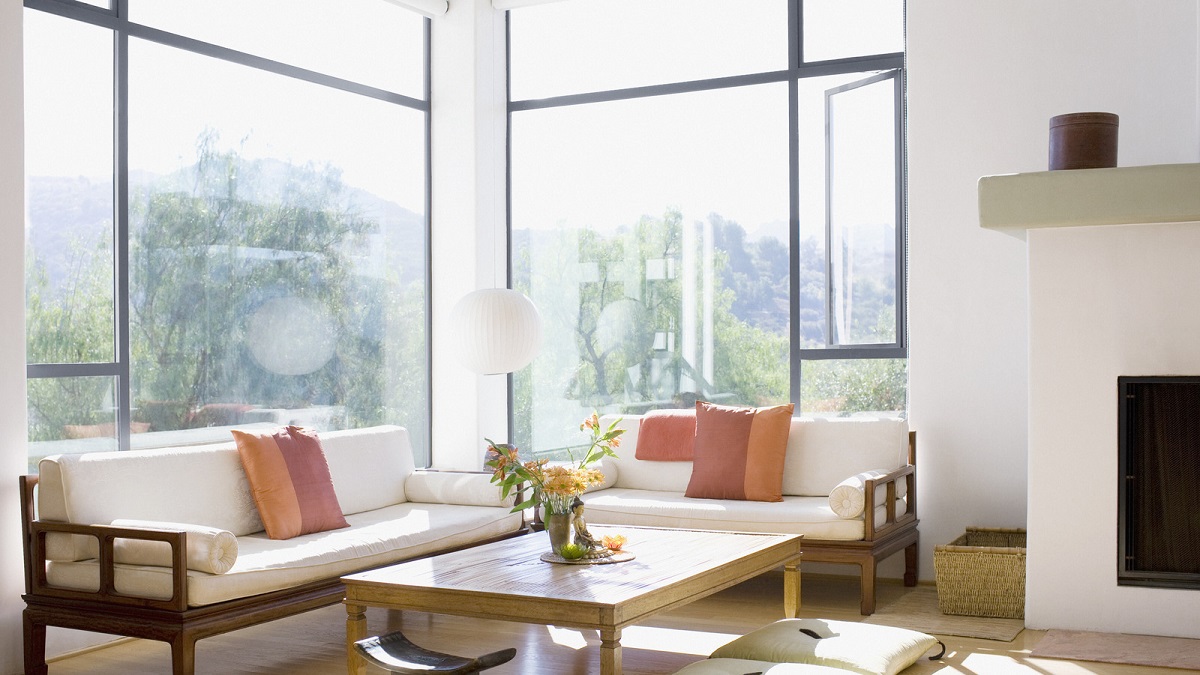
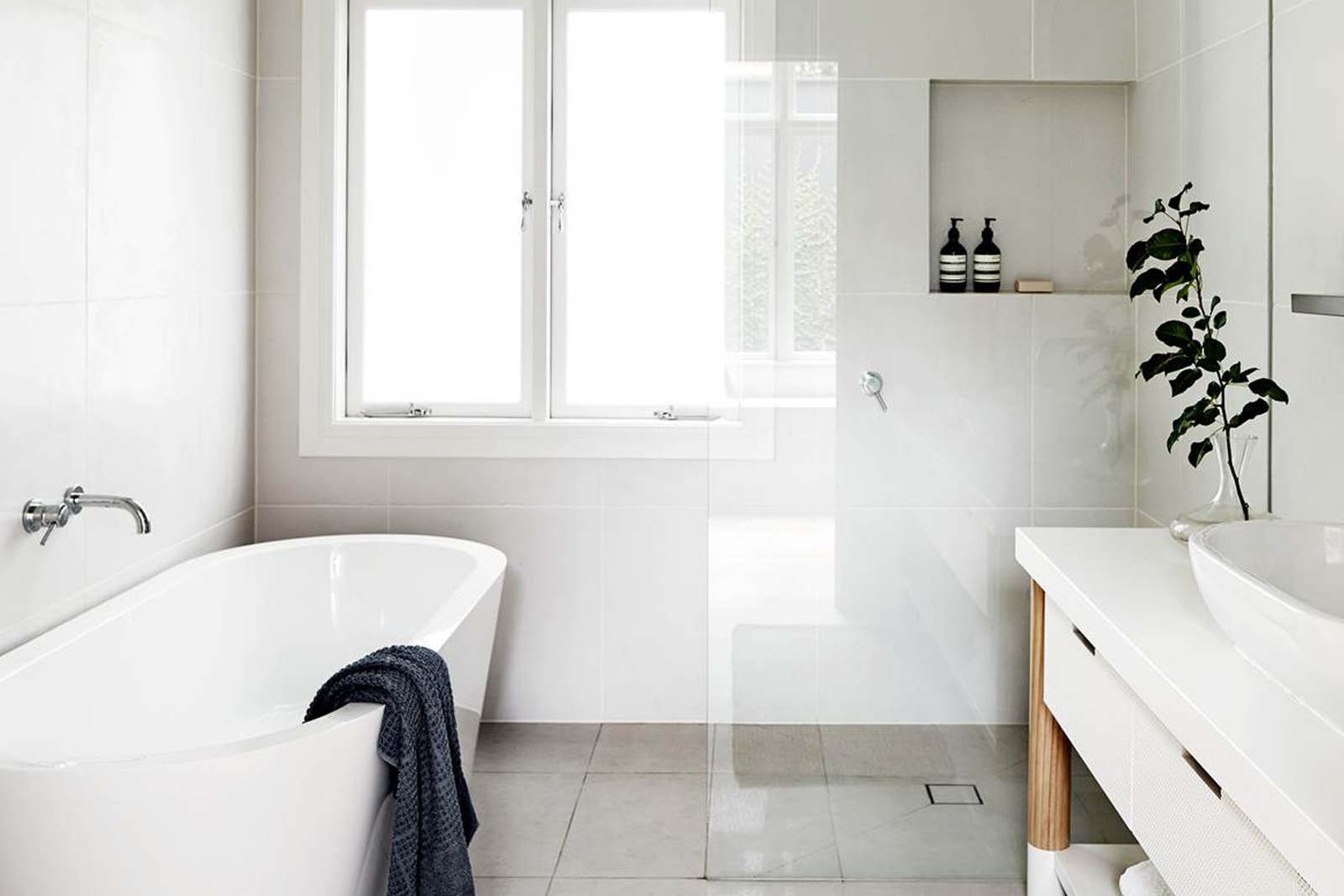
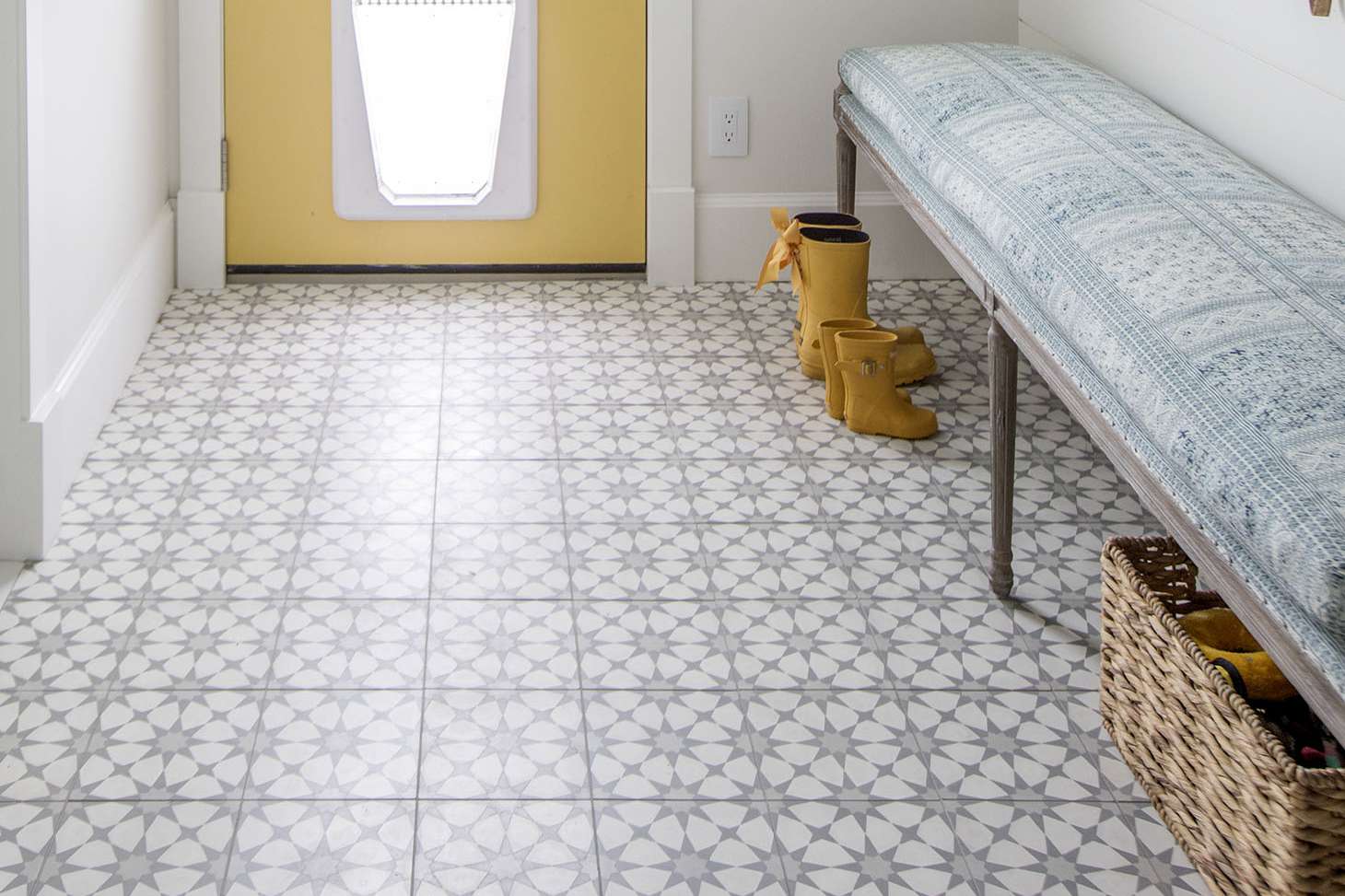

0 thoughts on “Small Hallway Ideas: 10 Tips To Make An Entryway Look Bigger”